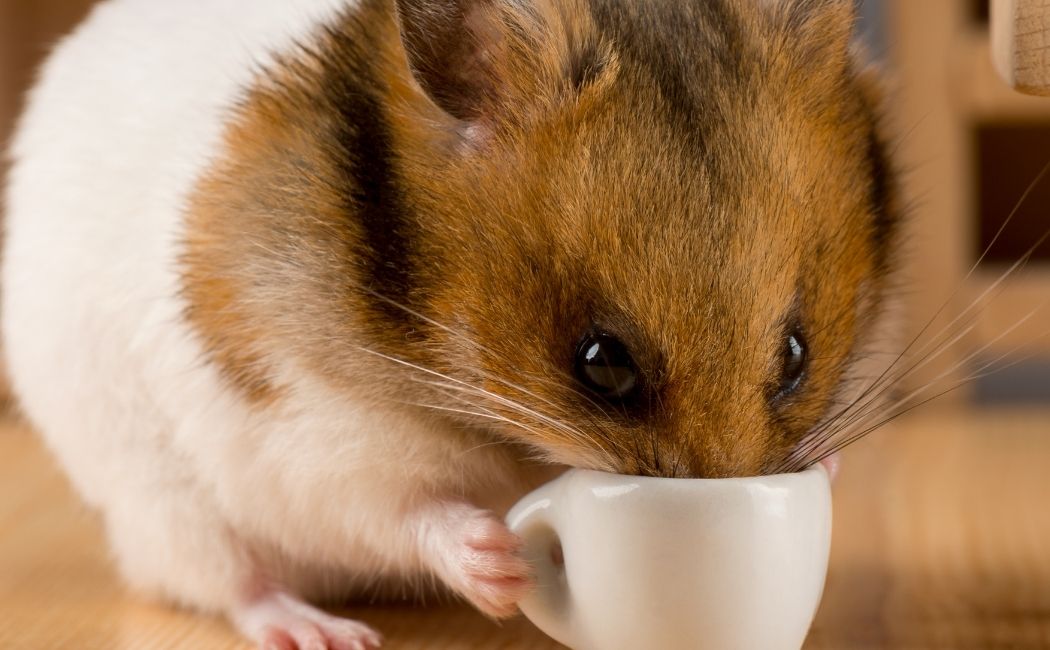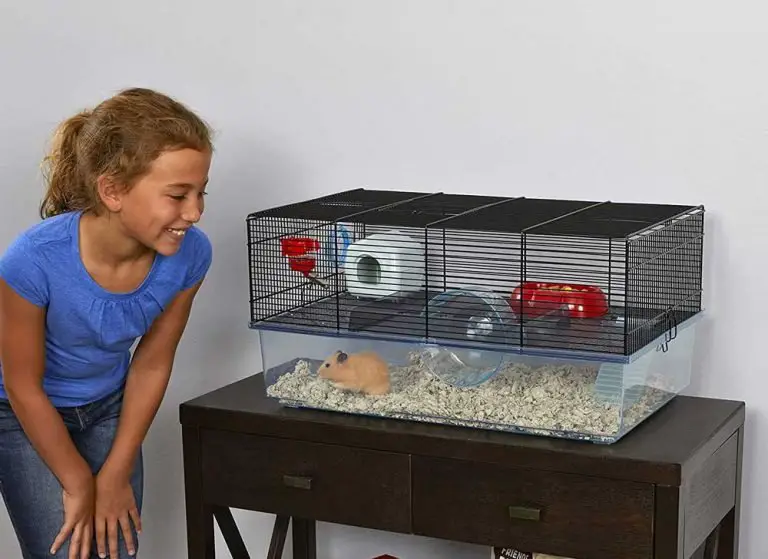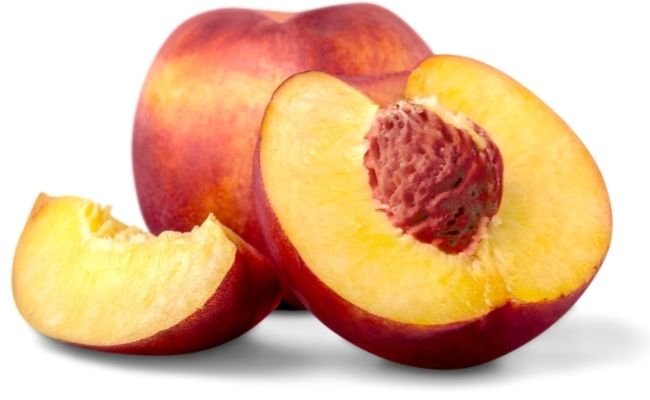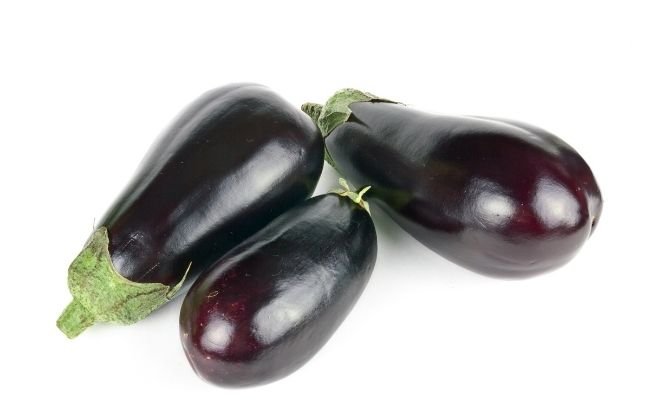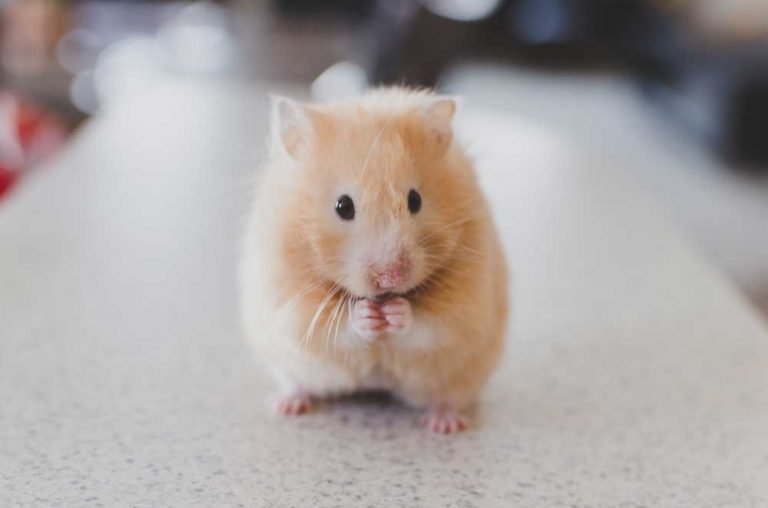Can Hamsters Drink Tap Water? (Is It Safe?)
Hamsters can drink tap water as long as it’s safe for human consumption. However, we recommend giving your hamster bottled or distilled water to be on the safe side. Room temperature is the best temperature for hamster water, so make sure it isn’t too warm or too cold before giving it to your pet.
Is it safe for hamsters to drink tap water?
Tap water is safe for hamsters to drink as long as it is portable and not contaminated or polluted with loads of minerals. Make sure the water you feed your hamster isn’t too hot or too cold; it’s ideal if it’s at room temperature. Bottled or distilled water is best for your hamster.
Hamsters are able to drink from a bowl, but they may prefer bottled or distilled water because it is easier for them to access. If you do give your hamster tap water, make sure that the quality of the water is good and that there are no contaminants present.
Are there any risks associated with giving hamsters tap water to drink?
No, there are no risks associated with giving hamsters tap water to drink. Tap water contains a significant quantity of lead and calcium, both of which are toxic to hamsters. Also because of the chlorine level, it is not recommended to give hamsters tap water.
Why do some people recommend giving hamsters only bottled water to drink?
There are a few reasons why some people recommend giving hamsters only bottled water to drink. First, tap water can contain impurities that can be harmful to hamsters. Second, the chlorine in tap water can also be harmful to hamsters. Third, bottled water is generally more pure and free of impurities than tap water. Finally, some people believe that hamsters simply prefer bottled water over tap water.
How often should you give your hamster tap water to drink?
As a general rule of thumb, hamsters should drink about two teaspoons (or 10ml) per 100 grams of their body weight each day. Most hamsters weigh roughly 200 grams; therefore, this means your hamster should consume 20 ml or 4 teaspoons of water daily. Of course, there are always exceptions to the rule. If your hamster is particularly active and/or tends to lose a lot of water through urination, then he or she may need to drink more than the recommended amount.
Conversely, if your hamster is relatively sedentary and/or doesn’t tend to lose much water through urination, then he or she may be able to get by drinking less than the recommended amount. Ultimately, it’s up to you as the owner to determine how much water your individual hamster needs. The best way to do this is by monitoring your pet’s behaviors and making adjustments accordingly.
For example, if you notice that your hamster is drinking more than usual or seems especially thirsty, then you may want to increase his or her daily water intake. On the other hand, if you notice that your hamster isn’t drinking as much as usual or seems uninterested in his or her water bowl, then you may want to decrease his or her daily intake accordingly.
How do you know if your hamster is getting enough water?
There are a few signs that you can look for to determine if your hamster is getting enough water. The first is the condition of their fur. If their fur is dry and brittle, it may be a sign that they are not getting enough moisture. Another sign is the state of their skin. If their skin appears to be dry and flaky, it could be a lack of hydration causing this.
Finally, you can check your hamster’s urine. If it is dark in color and has a strong odor, this could indicate that they are not drinking enough water and are becoming dehydrated. If you notice any of these signs, it’s important to take action to ensure that your hamster gets the hydration they need. The best way to do this is to provide them with fresh water daily and make sure that they have access to a water bottle or bowl at all times.
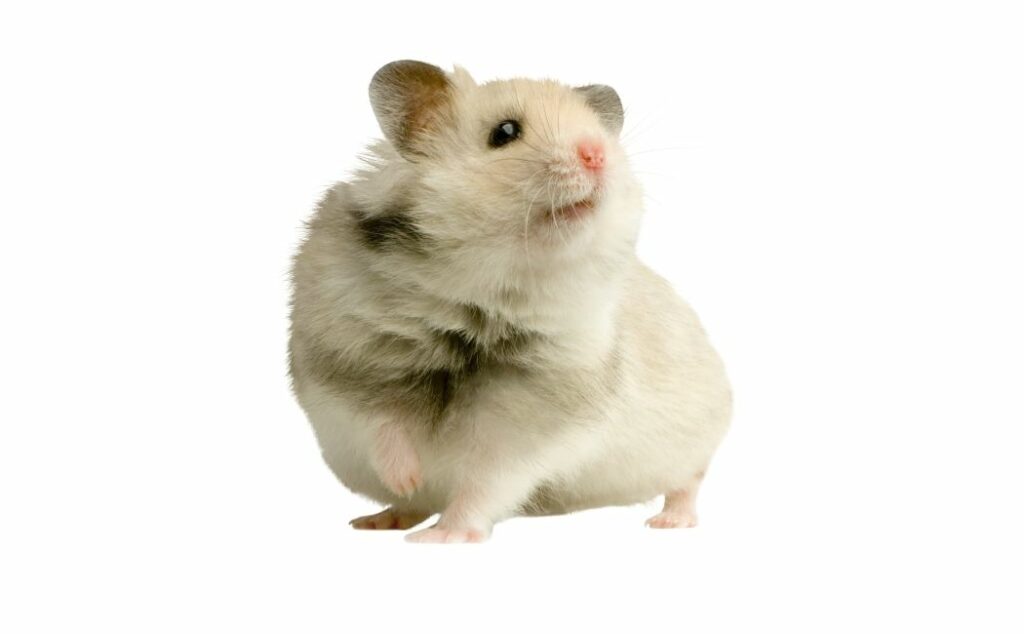
What are the signs of dehydration in hamsters?
If your hamster does not appear to be drinking, you may want to check for signs of dehydration. Dehydration can be serious and even life-threatening for hamsters, so it is important to be aware of the signs. Sunken eyes are one of the most common signs of dehydration in hamsters.
If your hamster’s eyes look sunken or hollow, it is likely dehydrated. Dry mucous membranes are another sign to look for – if your hamster’s nose and mouth seem dry, it may be dehydrated. Weakness and lethargy are also common signs, as well as loose skin – if you gently pinch your hamster’s skin and it stays up in a ‘tent’, this is a sign that it is dehydrated.
Finally, heavy breathing may also indicate that your hamster is not getting enough fluids. If you suspect that your hamster is dehydrated, it is important to take action immediately. Offer fresh water (preferably filtered or spring water) and encourage your pet to drink by offering small sips frequently. You can also try offering fruit juice or vegetable broth diluted with water – these may be more appealing to a reluctant drinker than plain water.
If possible, increase the humidity in your hammy by adding a humidifier or placing a bowl of water inside (making sure it cannot tip over). And finally, contact your veterinarian as soon as possible for advice on how best to help rehydrate your pet.
What are the consequences of dehydration in hamsters?
Dehydration is a serious medical condition that can occur when the body loses more fluids than it takes in. Symptoms of dehydration in hamsters include sunken eyes, dry mucous membranes, lethargy, weakness, loose skin, and labored breathing. If your hamster suffers from diarrhea he is likely to become dehydrated due to the loss of fluids. Dehydration can lead to organ damage and even death if left untreated. It is important to seek veterinary care immediately if you suspect your hamster may be dehydrated.
How can you prevent dehydration in hamsters?
One of the best ways to prevent dehydration in hamsters is to make sure their water bottle is always full. You should also keep a close eye on the water bottle and refill it with fresh, clean water as necessary. A constant supply of fresh, clean water is essential to keeping your hamster well hydrated. Additionally, you should check the ball bearing in your hamster’s water bottle to make sure it is working properly. By taking these simple steps, you can help ensure that your hamster stays healthy and hydrated.
What should you do if you think your hamster is dehydrated?
If you think your hamster is dehydrated, the first thing you should do is mix equal parts of water and a rehydration solution. You can then use a small syringe to drop some of the mixtures in the hamster’s mouth. Dehydration can be caused by many things, including diarrhea.
If your hamster has diarrhea, it is important to give them oral rehydration therapy as soon as possible. This involves drinking water with modest amounts of sugar and salts, specifically sodium and potassium. Oral rehydration therapy can also be given by a nasogastric tube.
If you are unsure whether or not your hamster is dehydrated, there are several signs you can look for. These include sunken eyes, dry skin, lethargy, and lack of appetite. If you notice any of these signs, it is best to take your hamster to the vet for an evaluation as soon as possible.
What are the benefits of giving hamsters tap water to drink?
There are a few benefits of giving hamsters tap water to drink. First, it is a good way to keep them hydrated. Second, it can help flush out their system, and Third, it can help prevent constipation. However, there are some things you need to be aware of before giving your hamster tap water. One thing to consider is the quality of the water.
If the tap water in your area is high in minerals, it could actually be harmful to your hamster to drink. Another thing to consider is whether or not the water is safe for you to drink. This is important because if the water is not safe for you, it’s probably not safe for your hamster either. If you are confident that the tap water in your area is safe and of good quality, then giving your hamster a little bit of water from time to time can be beneficial for them.
How often should hamsters be given tap water to drink?
Most hamsters need to drink about two teaspoons (or 10ml) of water per 100 grams of their body weight each day. This means that a hamster weighing 200 grams should consume 20 ml or 4 teaspoons of water daily. You can provide your hamster with tap water, but it’s important to make sure the water is clean and free from contaminants.
You may want to consider using filtered or distilled water to be on the safe side. Some hamsters prefer their water cold, while others like it at room temperature. You can experiment a bit to see what your hamster prefers.
How much tap water should hamsters be given to drink?
As a general rule of thumb, hamsters should drink about two teaspoons (or 10ml) per 100 grams of their body weight each day. Most hamsters weigh in at around 200 grams; therefore, this means your average hamster should consume 20 ml or 4 teaspoons of water daily. Of course, there are always exceptions to the rule.
If your hamster is particularly active and/or has a higher metabolism, it may need slightly more water than this. Conversely, if your hamster is relatively sedentary and/or has a slower metabolism, they may need slightly less water.
However, as a starting point, the above amounts should be sufficient for most healthy hamsters. It’s important to note that tap water is generally fine for Hamsters to drink. However, if you’re concerned about the quality of your tap water (for example, if it contains high levels of chlorine), you can opt to give them filtered or bottled water instead.
What are the signs that a hamster is not getting enough water?
If you’re concerned that your hamster isn’t getting enough water, there are a few signs you can look for. Sunken eyes, dry mucous membranes, weakness, loose skin, heavy breathing, and lethargy are all potential indicators of dehydration.
Of course, it’s always best to err on the side of caution and take your hamster to the vet if you’re at all concerned about its health. They’ll be able to give you a definitive answer and help get your furry friend back on track.
What are the signs that a hamster is getting too much water?
There are a few signs that your hamster is getting too much water. If they start to urinate more frequently or have softer stools, this could be a sign of dehydration.
Additionally, if your hamster starts to pant or breathe heavily, this could also indicate that they are not getting enough water. If you notice any of these signs, it’s important to cut back on the amount of water you’re giving your hamster.
You can do this by reducing the number of times you mist their cage per day, or by providing them with less water in their bowl. Additionally, make sure that their cage is placed in a cool and ventilated area to prevent them from becoming overheated.
What are the consequences of not giving hamsters enough water to drink?
Dehydration can turn fatal quickly if the situation is not remedied. When a hamster becomes ill, he often doesn’t get enough fluids, and the dehydration, not the illness itself, kills him. Symptoms of dehydration in hamsters include sunken eyes, dry mucous membranes, lethargy, weakness, loose skin, and labored breathing. If these symptoms are not quickly addressed, the hamster will die.
To prevent dehydration in your hamster, make sure to always have fresh water available for him to drink. Check his water dish regularly to ensure that it is full and clean. If your hamster is sick or has diarrhea, give him extra water to drink to help prevent dehydration. Be sure to take him to the vet if he shows any signs of illness so that he can be treated promptly.
What are the consequences of giving hamsters too much water to drink?
If you give your hamster too much water to drink, it could have consequences ranging from mild to serious. For example, if your hamster’s diet is lacking in nutrients, they may start drinking more water than usual in an attempt to compensate.
This can lead to dehydration and malnutrition. If your hamster is getting old, excessive drinking could be a sign of kidney disease. And if your hamster has developed diabetes, it may drink more water as the body tries to get rid of excess sugar through urination. In all cases, it’s important to monitor your hamster’s drinking habits and consult with a veterinarian if you notice any changes.
How can I tell if my hamster is drinking enough water?
Hamsters are small, adorable creatures that make great pets. They are relatively easy to care for and don’t require a lot of space, making them ideal for those who live in smaller homes or apartments.
One important aspect of hamster care is ensuring that they have access to fresh, clean water at all times. But how can you tell if your hamster is drinking enough water? There are a few signs that you can look for to determine if your hamster is getting enough hydration.
Firstly, check the water bottle or bowl that you provide for your pet. The water level should be steady and not decrease significantly over time. If you notice that the water level is dropping quickly, it could be a sign that your hamster is not drinking as much as he or she should be. Another way to tell if your hamster is getting enough water is by observing its urine output.
If your pet’s urine appears dark yellow or brown in color, this could be an indication of dehydration. Healthy hamster urine should be pale yellow in coloration.
Finally, take a look at your hamster’s coat – if it appears dry and lackluster, this could also signal that he or she isn’t adequately hydrated. So what can you do to encourage your furry friend to drink more water?
One option is to offer them fruits and vegetables with high moisture content such as cucumbers or grapes (be sure to wash these items first). You can also try switching out their regular water bottle for one equipped with a ball-bearing dispenser; many hamsters find this type of bottle more stimulating and are therefore more likely to drink from it on a regular basis.

